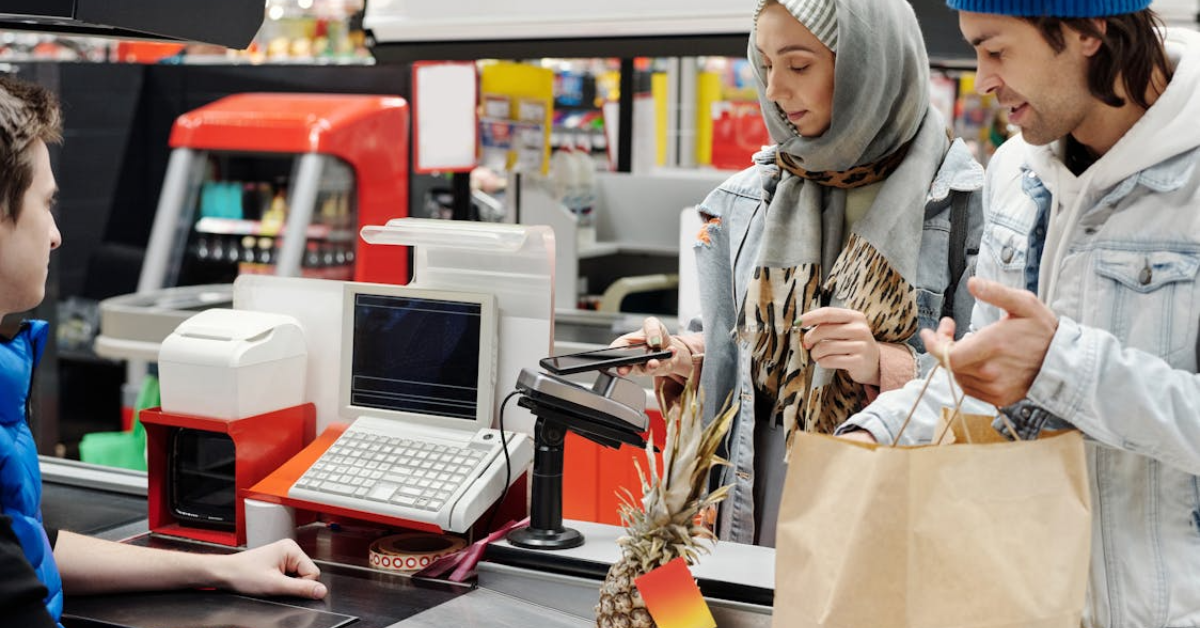Recently, the familiar sounds of jingling coins and rustling bills have become less prevalent in our daily transactions. Instead, the soft tap of a smartphone or the rapid scan of a QR code has taken their place, signalling a shift towards a cashless society. As more individuals rely on mobile applications rather than physical currency, digital wallets are emerging as a primary method of payment. This raises an important question: Are digital wallets set to dominate the payment landscape? Let’s explore this topic further.
The Rise Of The Digital Wallet

Over the past ten years, digital wallets have gained significant traction, fueled by the rise of smartphones, high-speed internet, and advancements in financial technology. Consumers today enjoy a wide range of choices when it comes to payment methods, such as Apple Pay, Google Wallet, and PayPal. The COVID-19 pandemic significantly accelerated this shift, making contactless payment options vital for safe transactions. This shift has led many to reconsider the traditional use of cash, prioritizing convenience and security in their financial transactions.
Why Consumers Prefer Going Cashless
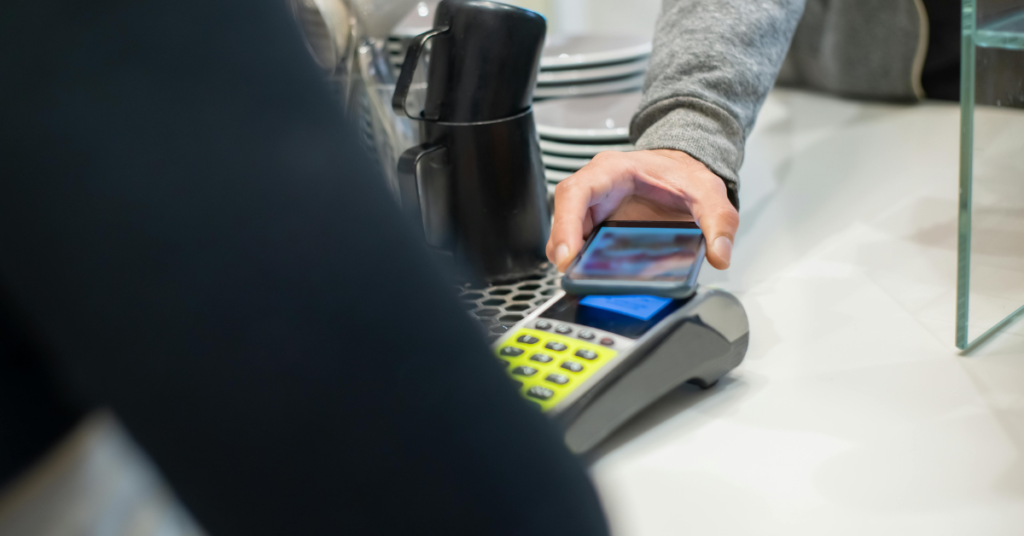
Handling physical money can be risky due to the possibility of loss or theft and the chance of running out of cash when it’s most needed. In contrast, digital wallets offer a fast and secure alternative. Users can conveniently complete transactions, pay bills, or shop online with a simple tap or swipe, removing the inconvenience of handling cash or coins. Additionally, digital wallets often come with features like real-time alerts, record-keeping of transactions, and budgeting support, enhancing their usefulness beyond mere transactions.
Security and Trust: Are Digital Wallets Safer?
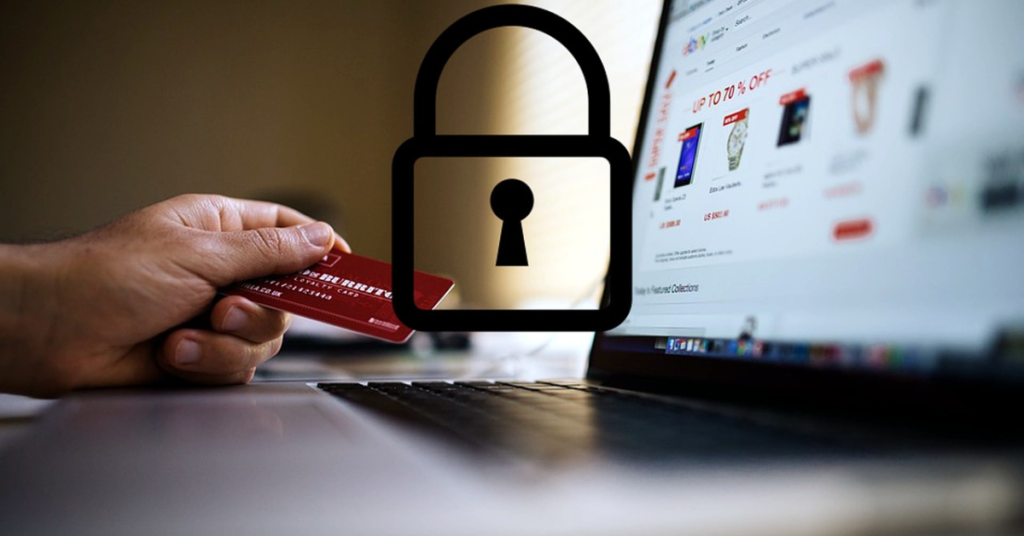
One major issue associated with the move toward cashless payments is security. However, digital wallets frequently offer enhanced protection compared to conventional physical wallets. Advanced security measures like encryption, biometric verification, and tokenization work together to mitigate fraud risks. Although scams and phishing attempts remain a threat, digital wallets are continually improving their security features, making it increasingly difficult for criminals to breach user information, in contrast to simply taking cash.
Digital Wallets vs Debit/Credit Cards
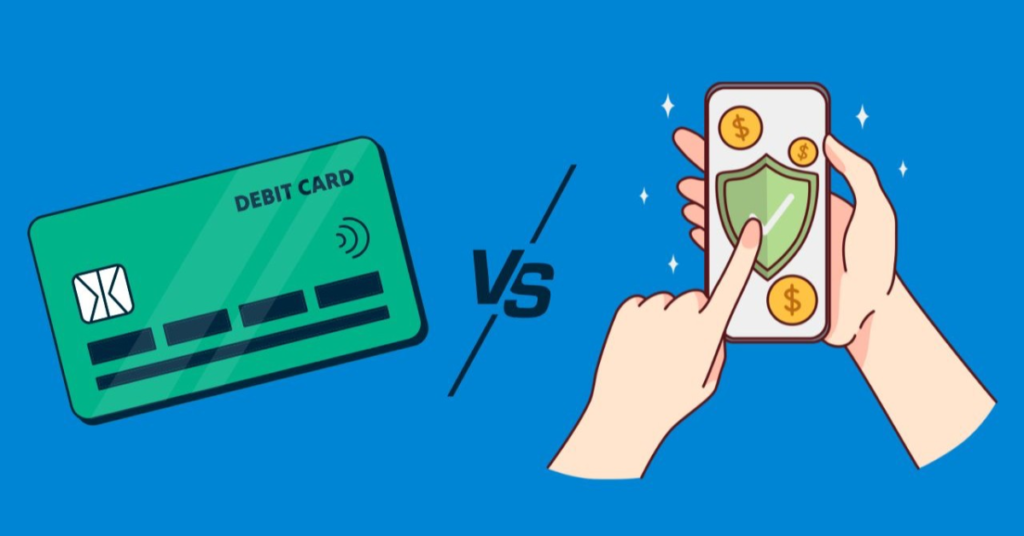
For a long time, debit and credit cards were the primary methods for making non-cash payments. However, the rise of digital wallets is starting to shift this landscape. Digital wallets can combine various payment options, loyalty rewards, and even cryptocurrencies all in one app. They enhance the checkout experience by eliminating the need to swipe a card, enter a PIN, or wait for a printed receipt. Despite this, credit and debit cards remain widely accepted around the world, especially in areas where the technology for digital wallets has not yet fully developed.
The Role of Government and Regulation
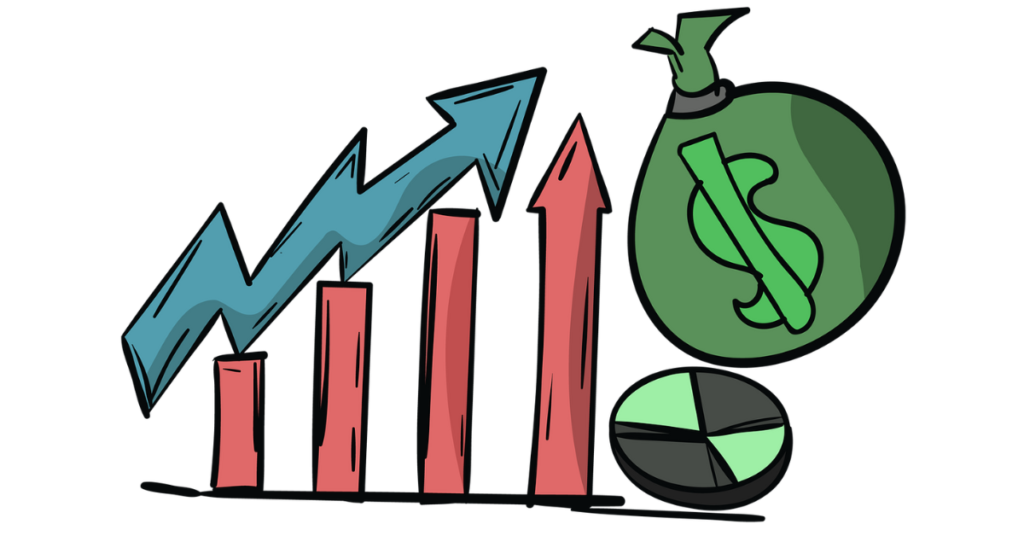
Governments in Europe and the United States are laboriously encouraging a shift toward cashless husbandry. In Europe, the introduction of PSD2 regulations has greatly enhanced the security of online transactions, increasing consumer confidence in digital payment methods. Meanwhile, in the United States, the rise of mobile payment systems and digital wallets has simplified deals, making them easier to use, particularly for small businesses. This probative nonsupervisory terrain, combined with a growing acceptance of cashless payments, is contributing to a conspicuous trend toward a society that relies less on cash in both regions.
Exploring the Evolution of Smart Wallets
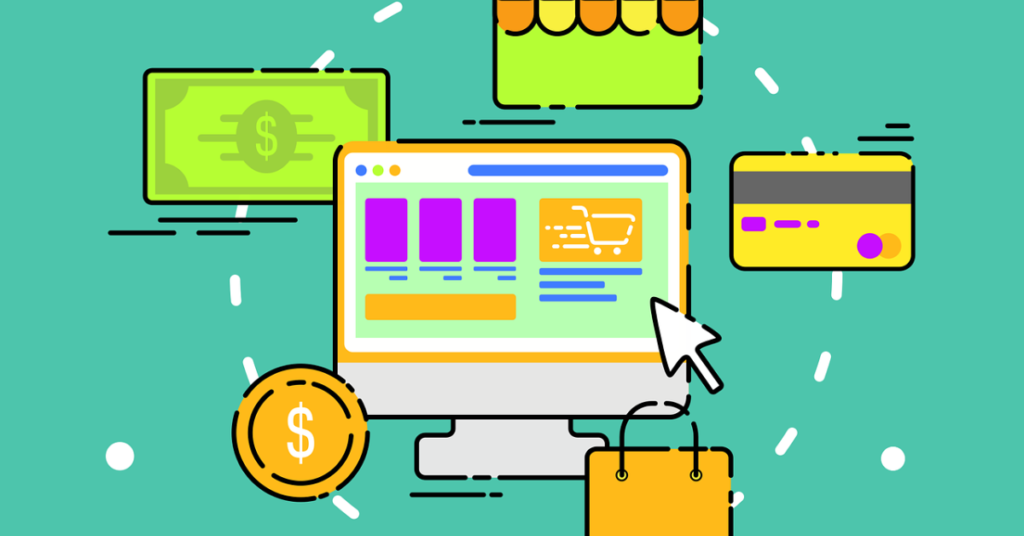
Digital wallets have transformed beyond simple transactions like grocery shopping. They are becoming comprehensive financial platforms that provide a variety of services, including investment opportunities, credit options, insurance coverage, and buy-now-pay-later (BNPL) features. Their compatibility with ride-hailing services, online shopping sites, and food delivery applications enhances their functionality, making them more convenient than traditional cash or cards. This integration reinforces their essential role in our everyday financial activities.
The Challenges Ahead

Even with the swift rise in popularity, digital wallets encounter significant challenges. In numerous rural areas, the availability of smartphones and dependable internet is still restricted. Moreover, a lack of digital literacy contributes to skepticism around mobile payment systems—many users are still reluctant to embrace them fully. Furthermore, the intense rivalry among wallet providers raises concerns, as not all will last in the evolving market, leading to uncertainty for consumers about which service to rely on.
The Future of Money: Is Cash Really Dying?

Despite the noticeable increase in the use of digital wallets, declaring physical cash obsolete might be premature. Cash still plays a crucial role in emergencies, rural areas, and among those who value transaction privacy. Nevertheless, as younger generations embrace digital payments, the dynamics are evolving. The future is likely to be less about choosing between cash and cashless options and more about finding a balance where both can coexist, with digital transactions taking a more prominent role.
Conclusion

Digital wallets have evolved from basic payment methods into comprehensive financial tools that encompass a wide range of services. Their speed, convenience, and growing security features position them as formidable alternatives for daily transactions. Although cash is unlikely to vanish completely, it’s evident that we are shifting towards a future where a quick tap or swipe replaces traditional currency. In this changing environment, digital wallets are poised to take prominence, reigning over the landscape of contemporary finance.
